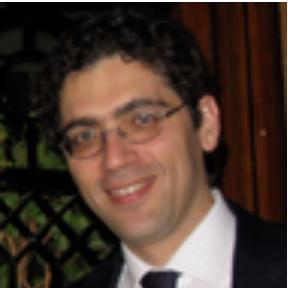Editorial Board Members’ Collection Series: Laser in Oral Surgery, Diagnosis and Oncology
A special issue of Dentistry Journal (ISSN 2304-6767). This special issue belongs to the section "Lasers in Dentistry".
Deadline for manuscript submissions: 10 May 2024 | Viewed by 2487
Special Issue Editors
Interests: oral pathology; oral medicine; oral cancer; oral surgery; laser
Special Issues, Collections and Topics in MDPI journals
Interests: biphosphonate inducing oral bone necrosis; oral cancer managements; oral pathology; oral laser surgery
Special Issue Information
Dear Colleagues,
We are pleased to announce this Special Issue titled “Editorial Board Members’ Collection Series: Laser in Oral Surgery, Diagnosis and Oncology”.
The aim is to provide a venue for networking and communication between Dentistry Journal and scholars in the field of laser in oral surgery, diagnosis, and oncology. All papers will be fully open access upon publication after peer review.
Feel free to contact the Managing Editor Ms. Adele Min (adele.min@mdpi.com) or our editorial office (dentistry@mdpi.com) if you have any requests.
We look forward to receiving your excellent work.
Prof. Dr. Umberto Romeo
Prof. Dr. Paolo Vescovi
Prof. Dr. Eiichiro Ariji
Guest Editors
Manuscript Submission Information
Manuscripts should be submitted online at www.mdpi.com by registering and logging in to this website. Once you are registered, click here to go to the submission form. Manuscripts can be submitted until the deadline. All submissions that pass pre-check are peer-reviewed. Accepted papers will be published continuously in the journal (as soon as accepted) and will be listed together on the special issue website. Research articles, review articles as well as short communications are invited. For planned papers, a title and short abstract (about 100 words) can be sent to the Editorial Office for announcement on this website.
Submitted manuscripts should not have been published previously, nor be under consideration for publication elsewhere (except conference proceedings papers). All manuscripts are thoroughly refereed through a single-blind peer-review process. A guide for authors and other relevant information for submission of manuscripts is available on the Instructions for Authors page. Dentistry Journal is an international peer-reviewed open access monthly journal published by MDPI.
Please visit the Instructions for Authors page before submitting a manuscript. The Article Processing Charge (APC) for publication in this open access journal is 2000 CHF (Swiss Francs). Submitted papers should be well formatted and use good English. Authors may use MDPI's English editing service prior to publication or during author revisions.








